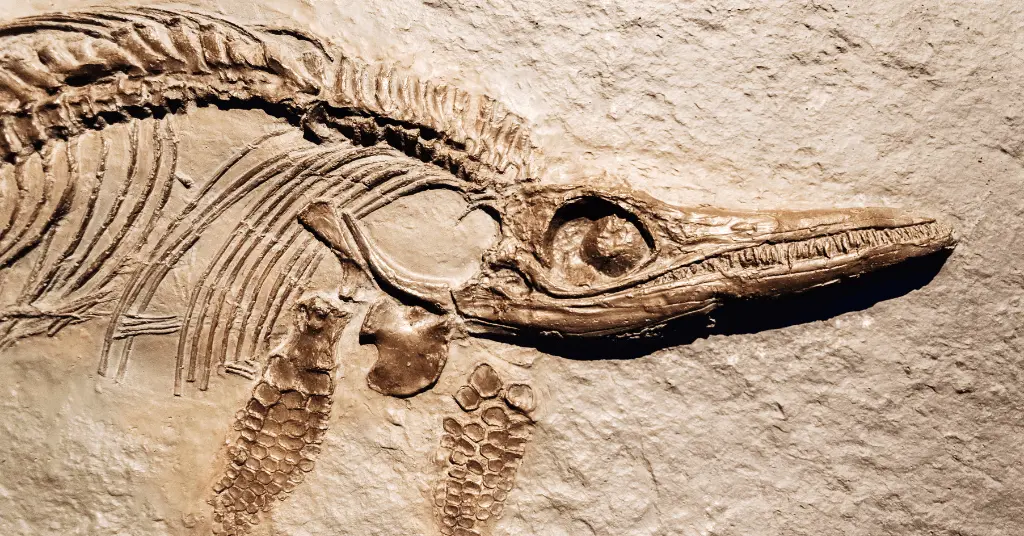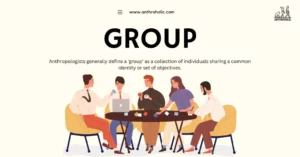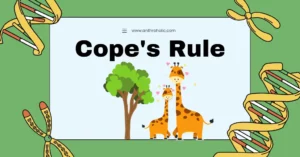AI Answer Evaluation Platform Live Now. Try Free Answer Evaluation Now
Paleoethnobotany or Archaeobotany
Paleoethnobotany, also referred to as archaeobotany, utilizes ancient plant remnants that have been uncovered and analyzed to look at past links between people and plants. Since it originates from the Greek phrase archaic, which means ancient, and volcano, archaeobotany was picked. Nonetheless, the two expressions may be mixed. The term “paleoethnobotany,” which stems from the Greek words “Palacios,” “ethnos,” and “volcano,” highlights the significance of ethnographic research to our modern understanding of ancient plant gathering procedures. North America is where this use is most prevalent [1].

Paleoethnobotany is one of the fields studied in environmental archaeology. One has to understand both the ancient ecosystems and the related human behaviors in order to realize how the two coevolved. Reconstructing the paleoenvironment, subsistence practices, paleo diets, economic systems, and several other paleoethnobotany study fields requires the detection of plant remains in ancient sediments, whether in the natural environment or at archaeological sites. The development of agriculture, the domestication of plants, and the reconstruction of paleoenvironments are additional themes of investigation in paleoethnobotany.[2]
Paleoethnobotany Studies
There are two forms of paleoethnobotanical studies: those that concentrate on the Old World (Eurasia and Africa) and those that focus on the New World (the Americas) (the Americas) (the Americas) (the Americas). This contrast demonstrates the physical isolation of the two independent zones as well as the diversity of their vegetation. For instance, whereas the bulk of maize is produced in the New World, the majority of olives are farmed in the Old World. Paleo Ethnobotanists tend to concentrate their studies within this vast category on certain geographical regions, such as the Near East or the Mediterranean, despite regional differences in the sorts of plant remains unearthed.
Paleoethnobotany has advanced to this degree over the course of more than 200 years. The issue has evolved steadily to acquire its current state, developing in every aspect, including method, analysis, and study.
Interactions in Paleoethnobotany
Due to accidental interactions between dried-out and moist materials at archaeological sites, the study of ancient plant remnants began in the 19th century. The earliest study of plant macrofossils in Europe was done by botanists C. Kunth[3] and O. Heer (1866)[4], using wet samples from Swiss lakeside communities and dried samples from Egyptian tombs, respectively. These investigations were regularly done prior to the beginning of the 20th century, and as a result, plant remnants were later unearthed at ancient sites all throughout Europe. The early study of plant remains in North America did not generate the same degree of interest until Gilmore[5] and Jones[6] studied dried material from rock shelters in the American Southwest. The principal goal of this first research, which was done in both Europe and North America, was to promptly identify the unidentified species using their taxonomic vestiges.
Paleoethnobotany Incontext
After the publication of the finds from the Star Carr excavations in the UK and the gathering of plant remains from ancient sites in the Near East in the 1950s and 1960s, paleoethnobotany rapidly gained in importance as a field of archaeological inquiry. Both were effective in convincing the archaeological community of the usefulness of looking at plant remains and presented an in-depth analysis of their intended contributions to the profession. The outcomes of the second experiment showed the first evidence of plant domestication, which enabled a clearer knowledge of the archaeological record. The results of the first experiment revealed an in-depth reconstruction of the site’s paleoenvironment, which was essential to archaeologists’ interpretation of the site. The recovery and assessment of plant remains as part of archaeological investigations were then given extra priority. Its precise name is the International Working Group for Paleobotany (IWGP), and it was formed in 1968.[7]
Paleoethnobotany Growing and extending
Paleoethnobotany witnessed a major transformation with the arrival of processual archaeology. Since the 1970s, when the ground-breaking flotation recovery method was established, archaeologists have been able to frequently look for plant macrofossils at different sorts of archaeological sites. Since it is so easy to discriminate between mineralized and carbonized plant relics from ancient ecosystems, there has been an unforeseen increase in material for archaeobotanical research. The study of plant micro botanicals like phytoliths and starches increased during the 1970s and 1980s as a result of a focus on scientific research. Yet, using software as a tool for quantitative research got easier as computer technology progressed in the 1990s. The many noteworthy studies that were published in the 1980s and 1990s indicate the substantial theoretical basis of paleoethnobotany.
Paleoethnobotanists currently have a bigger variety of research themes to choose from, such as “food-related gender roles,” because of the popularity of post-processual archaeology in the 1990s
Paleoethnobotany, where the state of the market at this time.
The study of ancient ethnobotany is a fast-emerging field. Throughout the 1990s, the field improved its analytical and methodological tools to better understand the processes that resulted in the development of plant assemblages in the archaeological record. For instance, in an effort to appreciate ancient plant economics, current research has greatly enhanced its transdisciplinary character. The employment of plant remains in relation to people’s memory or sensory skills is a modern issue being researched by researchers with regard to earlier human-plant interactions. The discovery of stable isotope analysis and its use in archaeology in the 2000s coincided with a spike in interest in plant remnants. This technique may be used to illustrate the degree of agricultural effort, resilience, and long-term social and economic changes.[8]
Australia has not previously utilized archaeobotany very significantly. By testing for wattle and other plant components, researchers in 2018 revealed evidence of continuous human occupation for more than 50,000 years at the Karnatukul site in Western Australia’s Little Sandy Desert.[9]
See Also
References
[1] Pearsall, D.M. (2015). Paleoethnobotany: a handbook of procedures (Third ed.). Walnut Creek, California: Left Coast Press. ISBN 978-1-61132-298-9. OCLC 888401422
[2] Christine Ann Hastorf; Virginia S. Popper, eds. (1988). Current paleoethnobotany: analytical methods and cultural interpretations of archaeological plant remains. Chicago: University of Chicago Press. ISBN 0-226-31892-3. OCLC 18134655
[3] Kunth, C. (1826). “Examen Botanique”. In Passalacqua, J. (ed.). Catalogue Raisonne et Historique de Antiquites Decouvertes en Egypte. Paris: Musees Nationaux. pp. 227–28.
[4] Heer, O. (1866). “Treatise on the Plants of the Lake Dwellings”. In Keller, F. (ed.). The Lake Dwellings of Switzerland and Other Parts of Europe. Translated by Lee, J.E. London: Longman, Green & Co
[5] Gilmore, M.R. “Vegetal Remains of the Ozark Bluff-Dweller Culture”. Papers of the Michigan Academy of Science, Arts, and Letters. 14: 83–102.
[6] Jones, V.H. (1936). “The Vegetal Remains of Newt Kash Hollow Shelter”. In Webb, W.S.; Funkhouser, W.D. (eds.). Rock Shelters in Menifee County, Kentucky. University of Kentucky Reports in Archaeology and Anthropology 3(4). Lexington: Dept. of Anthropology & Archaeology. pp. 147–167.
[7] Heiss, Andreas G.; Bittmann, Felix; Kroll, Helmut; Pokorná, Adéla; Stika, Hans-Peter. “Website of the International Work Group for Palaeoethnobotany (IWGP)”. Retrieved 2022-07-23.
[8] Lodwick, Lisa; Stroud, Elizabeth (2019). “Paleoethnobotany and Stable Isotopes”. In López Varela, Sandra L. (ed.). The Encyclopedia of Archaeological Sciences. Malden, MA: Wiley-Blackwell. pp. 1–4.[
9] Pownall, Angela (1 August 2014). “Custodians open up Carnarvon Range”. The West Australian. Retrieved 19 July 2022.




